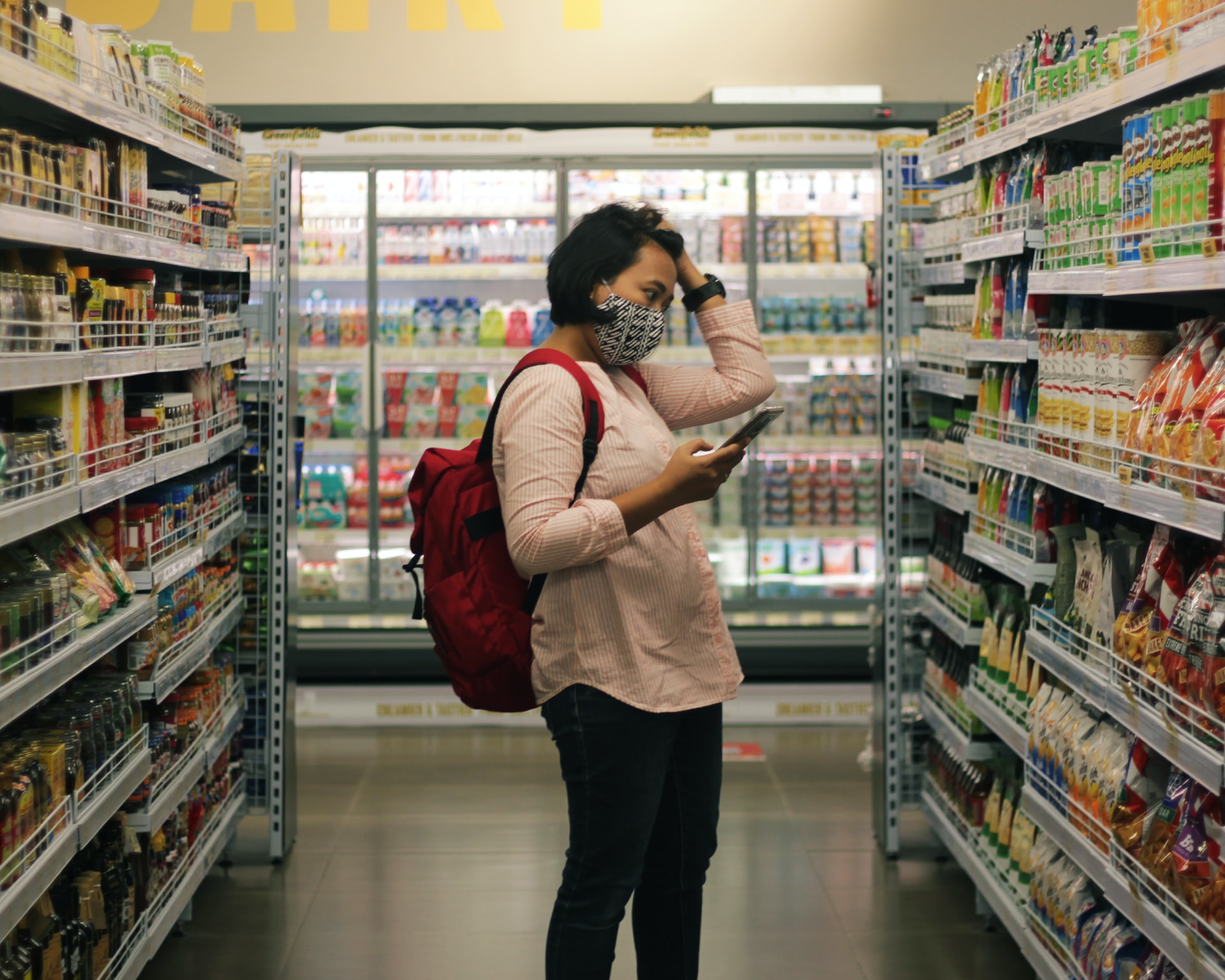Despite the axiom that you can’t judge a book by its cover, there’s no doubt that we do. The same is true of consumer products—your buyers are definitely judging your product by its label—and they have to. Most products can’t be sampled before buying, so your label, its design, and your branding have to stand out on the shelves and convince the consumer to take your product home with them.
Label Design Best Practices
Everything about your product labeling and packaging can have an impact on a consumer’s desire to buy… or to pass you up for a competitor. Gain the edge by considering and implementing these important factors.
Branding
Branding is more than your logo—but don’t forget this core element. A well-thought-out logo that your customers can grow to recognize is crucial. It should be supported by a consistent color scheme, usage across all your physical and digital assets, and prominent placement on your products. This is especially important if you’re new to the marketplace and only rolling out your products for sale in a few locations. Help your customers find you again once they fall in love with your product!
Labeling requirements
Many categories of products, particularly for internal and external body use (food, supplements, cosmetics, pet products) fall under government regulation. Be sure that you adhere to the FDA (US Food and Drug Administration) rules and requirements.
Close the sale with information
Consumers don’t make buying decisions on branding and slick packaging alone. In the absence of other information, they are reliant on decision-making factors that you can and should provide on your labels. What makes you stand out in the market? What’s your unique selling proposition? How is your product better than the competition, or better than an earlier version? For how long will your product stay fresh in their pantry or refrigerator? Find out what is important to your customers—e.g., organic, sustainable, new and improved—and feature it prominently.
Packaging
Does your product require packaging? If not, labeling may need to fit a custom shape, be easily removable (or permanent and wear-resistant if safety information is included). When packaging is required, how will the label and packaging work together to help consumers choose your product? Often the packaging (even the material used in packaging) is part of the branding, particularly with products highlighting sustainability, recyclability, or natural/organic. Also consider what conditions your product, packaging, and labeling will be displayed and stored in. Items on the refrigerated or frozen food shelves or in the outdoor garden center will have different label material needs than dry goods in the middle aisles of the supermarket.
Targeted
How well do you know your ideal customer’s interests, demographics, preferences, and even needs with regard to how they may use your product? Label design should be informed by this deep dive into who will buy and use your product(s).
Eye appeal
Catch the attention and the eye—and then capture the imagination (or tastebuds) by attractively featuring your product or its core appealing ingredients. For food items in particular, people don’t just eat with their tastebuds, but with their eyes too (just ask Instagram). And… they also shop that way!
Help them find you
It’s always helpful to provide contact information in case a customer has a problem with your product, but it’s also a great benefit to the customer and your company in the event that suppliers or retailers change and your product is no longer available where your customer has been shopping. You can keep that customer if they give you a call or check out your website—found on the label—and you can point them to a new retailer.
Labels should be anything but an afterthought. With preplanning and design savvy, the label may just be the thing that makes the sale!

